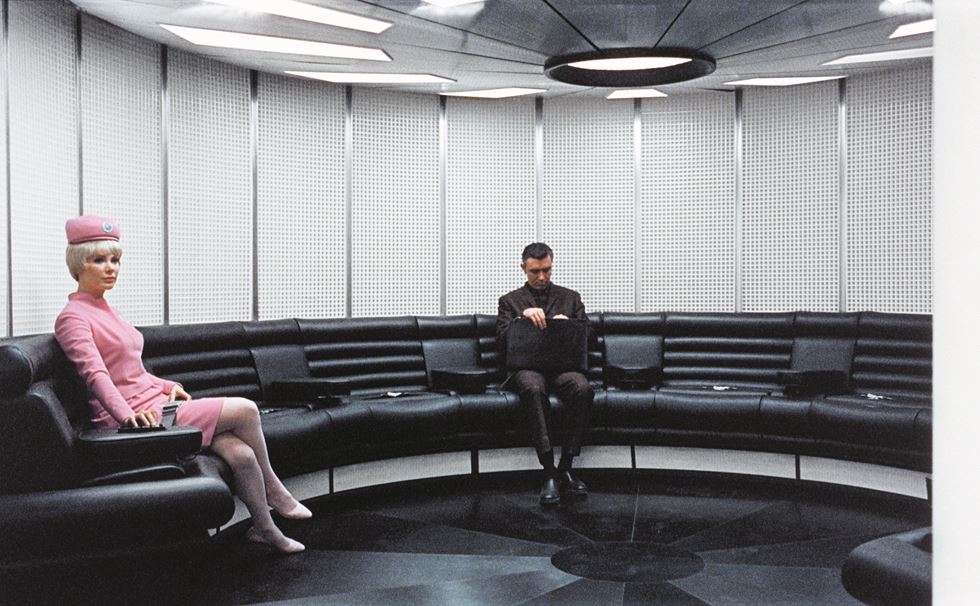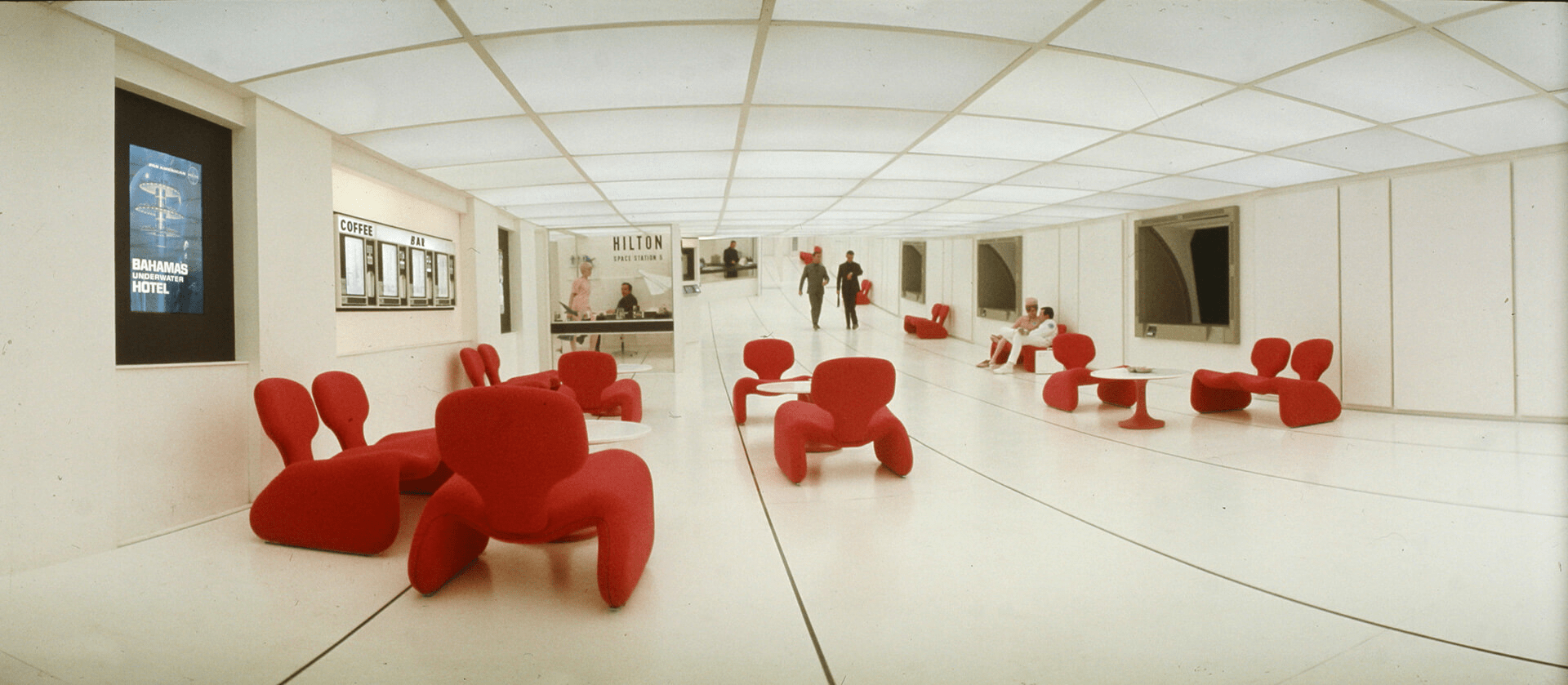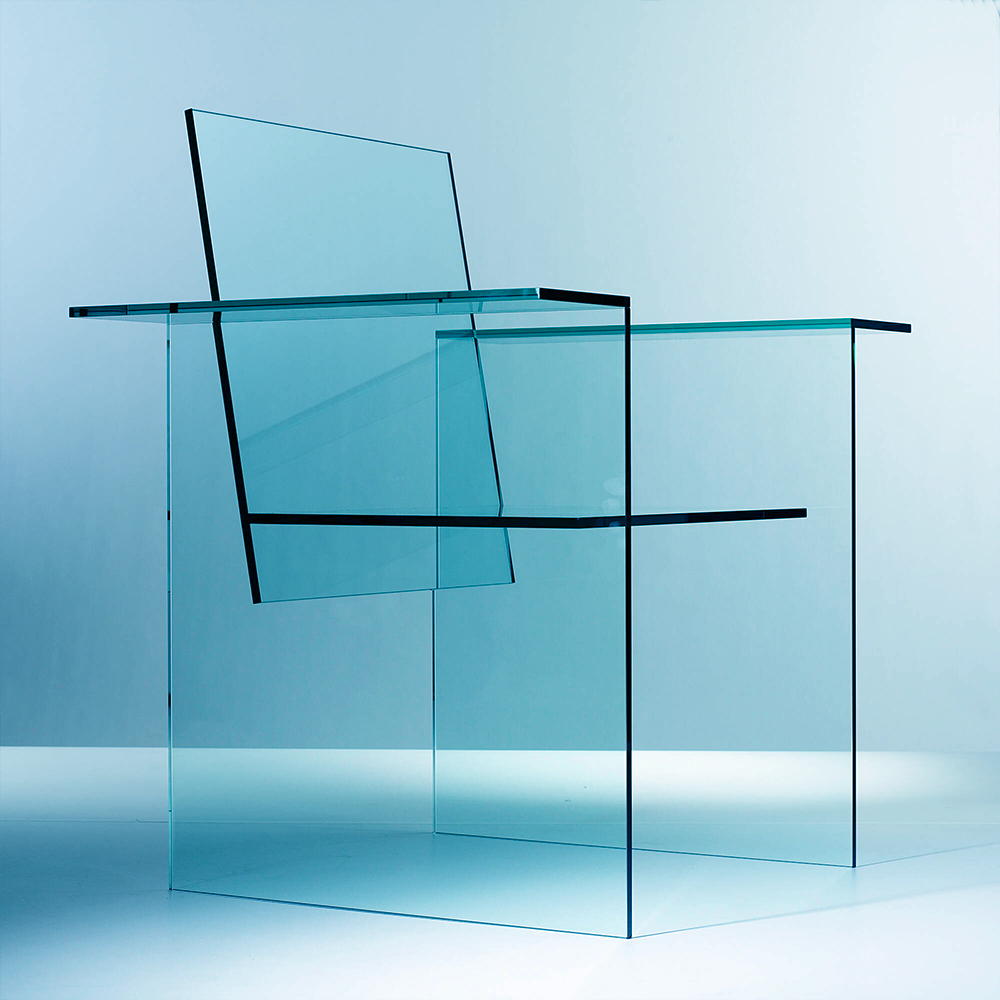Glass Chair (1976)

The most fragile chair ever made. Nearly half a century later, still unmistakable. Photographed by Mitsumasa Fujitsuka[01], Shiro Kuramata’s Glass Chair landed on the cover of The Strokes’ 2001 single Hard to Explain, the lead track from one of the best rock albums of the 21st century. This cover image choice is, quite literally, hard to explain.
Born in Tokyo in 1934, Kuramata came of age in postwar Japan during a period of rapid economic growth and cultural experimentation. His fixation was transparency, making heavy materials seem weightless, almost immaterial. “In my work, I want to combine the ephemeral with the eternal,” he once said. He trained in design in the 1950s, opened his own studio by 1965, and soon began producing interiors for Tokyo nightlife, before turning to furniture and object design.

Kuramata’s work spanned across various disciplines. Especially his collaborative relationship with Issey Miyake[02], which started in 1976, he designed all of Miyake’s interiors in New York and Paris, experimented with plastics, acrylics, and steel mesh. He joined Memphis in Milan in the early ’80s, mixing Japanese restraint with Postmodern color.

.webp)
His pieces entered the permanent collections of MoMA, the Met, and Centre Pompidou. They also made their occasional appearances[03] into mass culture. The Museum of Fine Arts, Houston stated in their article that by 1970 Kuramata had introduced materials like acrylic and glass into furniture, and that “transparency, the appearance of weightlessness, and a Minimalist vocabulary quickly became his signature aesthetic.”


The Glass Chair itself, produced in 1976, remains as one of Kuramata's staple works. It reconciled with contemporaneous references, and matched the energy to the futuristic interiors of Kubrick’s 2001: A Space Odyssey[04], where following decades saw futuristic-looking designs by Kuramata. Its invisible joins represented a breakthrough, and it's display of weightlessness on the cover of Hard to Explain,gave the chair another role, marking a cultural moment where Japanese design aesthetics merged with western postmodernism. The music video (watch here), spliced together from archival footage without storyline, mirrored Kuramata’s own design





.png)














